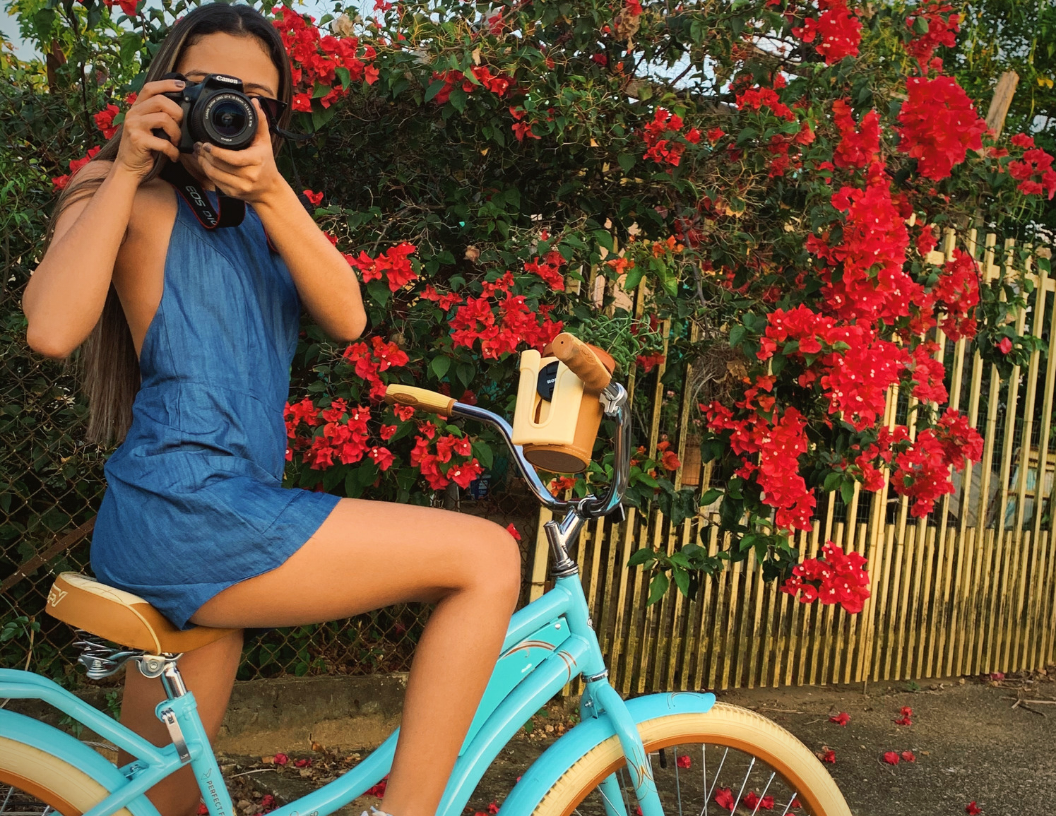Influencers remain key to marketing strategies that are meant to make their mark. But to really get the most out of your influencer collaboration, it’s worth broadening your horizons by incorporating other marketing elements—leveraging seasonality is a great example.
What is seasonality?
Seasonality refers to specific trends that occur predictably throughout the year. These trends present a valuable opportunity to tailor commercial content to consumer interests at specific times of the year.
By anticipating these trends and creating content around them, your strategy is guaranteed to engage and to make your brand part of the seasonal conversation.
When looking for seasonal trends, it’s worth exploring annual events that hold particular significance to your industry.
Take cuffing season, for instance. Coined by Urban Dictionary in 2011, cuffing season refers to the period just as the weather turns cold and millennial singles yearn for a partner to keep them company during cold winter nights.
This niche seasonal trend is perfect for brands targeting millennial singles. For a dating app or website, this is the ideal time to launch a cuffing season campaign to target these customers and capitalise on the trend.
The above is just an example. Not all seasonal trends are as niche as this, but regardless they provide a fine opportunity to connect with your target audience on a personal level.
1: Find the right influencer for the right seasonal event
Many types of influencers can be a good choice for effective seasonal partnerships. Summer, Christmas, Valentine’s Day—these seasonal events are not limited to a single type of influencer. For instance, both a beauty blogger and a cooking blogger can create content for all of the aforementioned while catering to their audiences and yours.
But there are some events for which certain types of influencers are better than others.
Take Pride Month, for instance. This annual celebration of LGBT+ culture is an opportunity for brands to align with an important social cause. Partnering with LGBT+ influencers for a Pride collaboration gives your campaign authenticity and exposes it to a relevant audience.
Ditto for Father’s Day. Partnering with a dad blogger for a Father’s Day campaign gives your campaign weight by using a seasonally relevant influencer.
It pays to be precise with your influencer recruitment and choose partners who align with both your niche and the seasonal event you’re targeting. That relevance will drive the best engagement with your influencer campaign.
2: Identify influencers who perform better during your targeted event
Partnering up with an influencer for a broadly celebrated seasonal event such as Christmas or Halloween can be effective, but rather than adopting a scattershot approach to your influencer selection, be surgical.
Opting for an influencer who enjoys high engagement all year round is fine for out-of-season campaigns. But if you’re targeting a specific event, it pays to find an influencer with a proven track record of performing well during that period.
Perhaps an influencer enjoys higher engagement during Christmas because they regularly run festive campaigns that resonate with their followers. This gives them seasonal relevance that fuels your campaign.
You can use the data provided by influencer marketing platforms to spot these relevant seasonal performers. The Impact Partnership Cloud’s Enhanced Discovery capability, for example, helps you quickly find relevant influencers based on sophisticated parameters you specify. Look for a track record of high engagement and aesthetic alignment during your targeted seasonal event to make an informed choice.
3: Incorporate influencers into offline events
Pop-up shops are increasingly becoming a go-to for brands wishing to drive offline sales, and incorporating influencers into your pop-up strategy can take them to the next level.
Temporary, affordable, and easy to set up, pop-ups can be an effective addition to your sales channel throughout the year. But it is during seasonal events that the power of pop-ups really shines. This is especially true at Christmas, when footfall in shopping centers is at its highest. Pop-ups offer the chance to capitalize on this traffic without paying rent or other overhead.
Incorporating influencers into your seasonal pop-up can turn a shop into an event. An influencer-led party with meet-and-greets, guided talks, and product sampling can drive sales and engagement. This boosts brand awareness while capitalizing on existing seasonal hype.
With the right ecommerce platform, this can be easy to do. Shopify’s POS system, for example, automatically syncs online and offline sales data, so you can quantify your event’s success, gauge the efficacy of your chosen influencer, and plan successful events for the future.
4: Let your influencer lead on your seasonal content
What works as seasonal content for your business might not resonate for your chosen influencer and their audience. Influencers have a unique connection with their followers and know what works and what doesn’t.
Consequently, it’s worth following their lead on the collaboration. For example, your typical Christmas content might consist of a gift guide featuring products curated from your collection. But an influencer might have a regular Christmas competition that engages their followers and sources UGC into the mix.
If you’re partnering with an influencer, let them take the reins. This is true all year round. But it’s especially important during seasonal events when they might have regular features their followers have come to expect from them.
5: Boost engagement with seasonal collaborations
By leveraging annual trends and seasonal boosts in interest, you can take advantage of peaks in audience engagement all throughout the year.
Seasonality not only provides a framework for your content marketing—it can also repeatedly refuel your relevance and exposure, building your reputation and credibility with your target audience.
About the Author
Kayleigh Alexandra is a content writer for Micro Startups — a site dedicated to giving through growth hacking. She writes about creative nonprofits, charities, and startups that use influencers to grow their donor bases, drive engagement, and spread awareness. Micro Startups is dedicated to discovering and sharing the creative ways these organizations use influencers to further their reach and meet their goals. Visit the blog for your latest dose of startup, entrepreneur, and charity insights from top experts around the globe.




